Finding & Filling the Math Gaps
The difficulty in math is not that some people get it and some people don’t (there’s no such thing as a math person). It’s not that there’s so much to memorize (you can’t understand math by memorizing). It’s that math is relentlessly sequential. New math concepts and skills build on previously learned concepts. And while you may be able to get by ok for a while with gaps in your math learning, eventually you’re going to hit a wall. And it will be nothing but frustration from then on. Since I know none of us want that for our kids, today I want to share tips and ideas for finding and filling math gaps so kids can move forward with confidence.
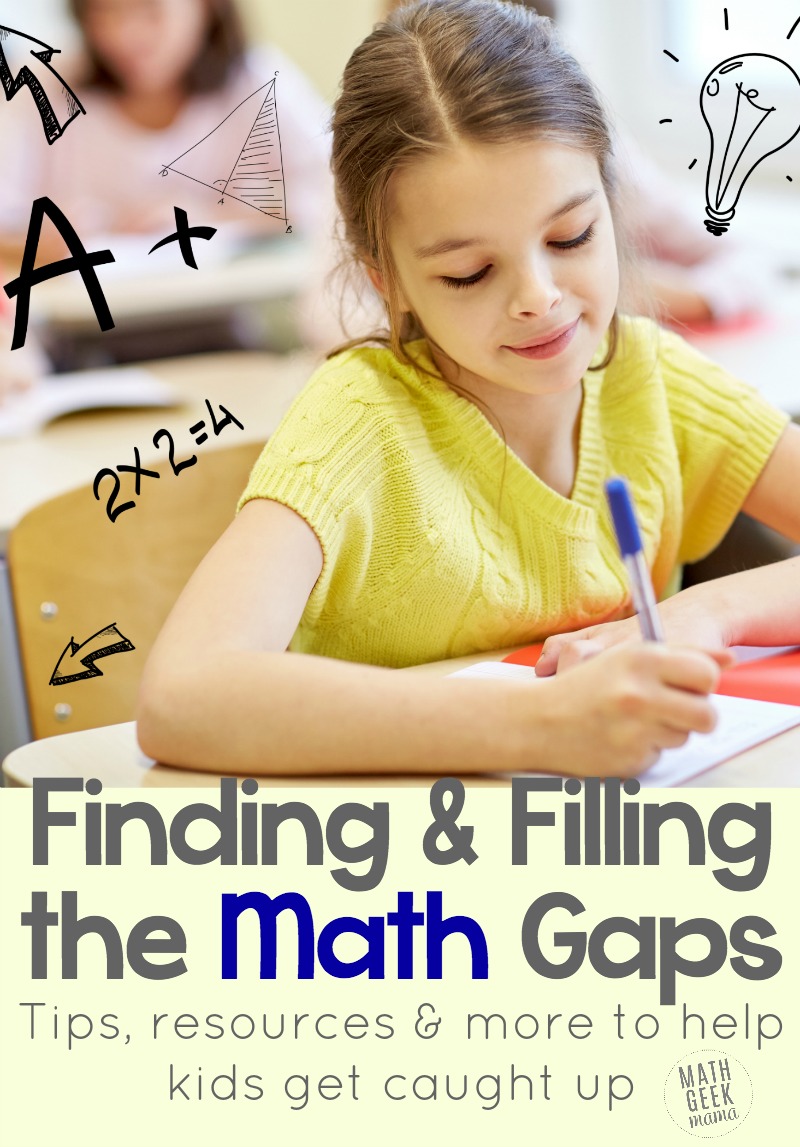
*Please Note: This post contains affiliate links which help support the work of this site. Read our full disclosure here.*
Finding Math Gaps:
The most obvious place to start is by figuring out where the math gaps are. What do your kids know and where are they lacking?
What skills have they never been introduced to, or what skills are they just shaky on still?
If you’re a classroom teacher, you likely have a good idea of what skills various kids are struggling with or have no knowledge of altogether, thanks to standardized testing. Not that these types of tests are perfect, or the be-all-end-all of math knowledge, but it gives you a snapshot of a child’s skill level.
You may also create your own pre-assessments before teaching new units or chapters, allowing you to see what skills need to be covered before you proceed.
This is especially important if you have a transient school with a lot of kids coming and going. It’s hard to know what skills a child is lacking if they’ve just shown up from out of state.
If you are a homeschool parent though, you may not know where gaps are. Or you may think that your child has mastered the basics until you move on to more difficult concepts only to discover they are not as confident as you thought.
And if you’re a tutor, it’s essential to do some assessments before you begin working with a new student. This will help guide your lessons to make sure that your time together is productive.
Whatever the case, I suggest doing some informal assessments to see where kids are.
Here are a few assessment options, depending on the age of your kids:
Assess kids’ knowledge of addition and subtraction facts with these simple tests from Kate Snow:
Give quick grade specific tests:
- Use these skill assessment tests from Basic Mathematics (grades K-12)
- Use the placement tests from Math Mammoth as a quick assessment (grades 1-7)
- Use these pre-assessments from Teaching to Inspire (grades 3-5)
Use Math Standards as a Skills Checklist:
Another option is to look at a set of math standards and see if there are things you have not yet taught (or that you know your kids have not yet learned or mastered).
One thing to note, however, is that every list of math standards is going to be different. Different people hold varying views on what should be taught and when, so you will need to see a particular set of standards as a starting point.
There are lots of options in terms of lists of math standards. One place to start is to look at your state’s standards.
For example, Virginia uses the SOLs or Standards of Learning. You can then go through the standards for a particular grade level and see how your child or student measures up.
Some states use the Common Core State Standards. Before you balk at that, know that this is not a prescription for how to teach math. It’s simply a list of skills that kids should learn by grade level.
Even if you don’t agree with every standard, it can be a good starting point for finding and filling math gaps.
Finally, UT Austin has put together a set of math benchmarks by grade level, which you could also use as a checklist to find math gaps and help kids go back and master essential skills they may have missed.
Filling Math Gaps Starting Point:
No matter what gaps you find in your kids’ learning, I would encourage you to start with a thorough review of place value.
Place value is the foundation of our number system and all math operations, and solving computation problems is infinitely harder without a good and flexible understanding of place value and how to compose and decompose numbers.
Helpful Place Value Tools:
- Place value disks
- Sticky notes (there are lots of ideas for sticky notes in this post, but my favorite way to use them is to model place value)
- Base Ten Blocks
- Grid paper (for place value of decimals)
Printable Place Value Games & Resources:
- Place Value Puzzles
- Sir Cumference Place Value Game
- Build a Snowman Place Value Cards
- Is it Equal? Place Value Sort
Filling Gaps in Addition & Subtraction Skills:
If your kids are younger and still struggling with basic addition & subtraction (or older kids are struggling with large numbers because they never mastered basic facts) I highly recommend these resources from Kate Snow:
Initially, I thought this was going to be a program to help kids memorize all the addition and subtraction facts within 10. And since I don’t believe in teaching rote memorization, I assumed I wouldn’t be a fan.
But I purchased them anyway, because from what I know of Kate’s math teaching philosophy, a set of tricks to memorize facts didn’t seem like something she would be advocating.
On the contrary, this set of books teaches addition & subtraction using visuals, games and a systematic approach that help kids develop strategies, not memorize with flashcards.
She’s done all the hard work for you in outlining a simple plan to help kids really understand and increase their fact fluency.
So even if your child is in 2nd or 3rd grade, if they’re still struggling with number sense and addition and subtraction, I recommend grabbing this set to build a solid foundation.
Filling Math Gaps in Upper Elementary:
By the time kids get to upper elementary, math gaps can become more pronounced and more difficult to tackle as math progresses more quickly.
So if after assessing kids you find large gaps, I recommend a few different resources.
First, you can purchase math supplement books from Maria at Math Mammoth. She is resources available for virtually all math topics for grades 1-7.
Even if you don’t use the Math Mammoth curriculum, these are great resources to help kids with specific skills and the prices for pdf downloads range from about $3-7, making them really affordable.
Another option is to use the book, Activities for the AL Abacus, from RightStart. This is a simplified version of the RightStart Math Curriculum, and covers basic math operations for grades K-5.
You can learn more about what it covers and how to use it here.
Finally, if you notice that multiplication facts are tripping up your kids, check out this post on the order to teach the multiplication facts.
Going back through the facts in a way that makes sense and increases kids’ confidence may help them get caught up. And you may like to use this set of hands on lessons and games to help you as you reteach or reinforce these important skills.
Filling Math Gaps in Middle School & Beyond:
Once kids get to middle school or Algebra, it is even more essential that basic operations with whole numbers, fractions and decimals get mastered.
So if kids in middle school are stuck or behind, I would again recommend a quick review of place value to make sure their foundation is sure.
Then, depending on where the gaps are, you may still be able to use the supplemental books from Math Mammoth.
Or you might find these resources from When Math Happens useful.
And finally, I recommend the program Hands On Equations for kids in Pre-Algebra or Algebra (or beyond) to really teach basic Algebra in a way that makes sense.
You can use this program to begin basic Algebra in elementary school, but for middle school or high school students who are still struggling, I highly recommend using Hands On Equations.
It teaches Algebra in a visual, hands on way that is contrary to most Algebra textbooks.
And if there are gaps in an understanding or percents, you may like my comprehensive resource, Practical Percents.
This book begins with a basic understanding of operations with powers of 10 (again, the foundation of place value) and then includes lessons on all types of problems involving percents.
I find this to be one of the least covered concepts in most math textbooks, and yet, one of the most practical in our everyday lives.
Learn more and purchase Practical Percents here.
One final note. If you are a classroom teacher, you may have students with so many learning gaps there just isn’t time to help them with all the things they need and teach your given curriculum.
Or maybe you’re a homeschooling parent whose child has simply surpassed where you feel comfortable teaching, math wise.
If that’s the case, I suggest finding a reliable math tutor. Though a tutor cannot learn the content for them, they can help provide supplements and work with them one on one to fill in those gaps.
Not sure how to find a tutor? Check out this post with ideas and tips.
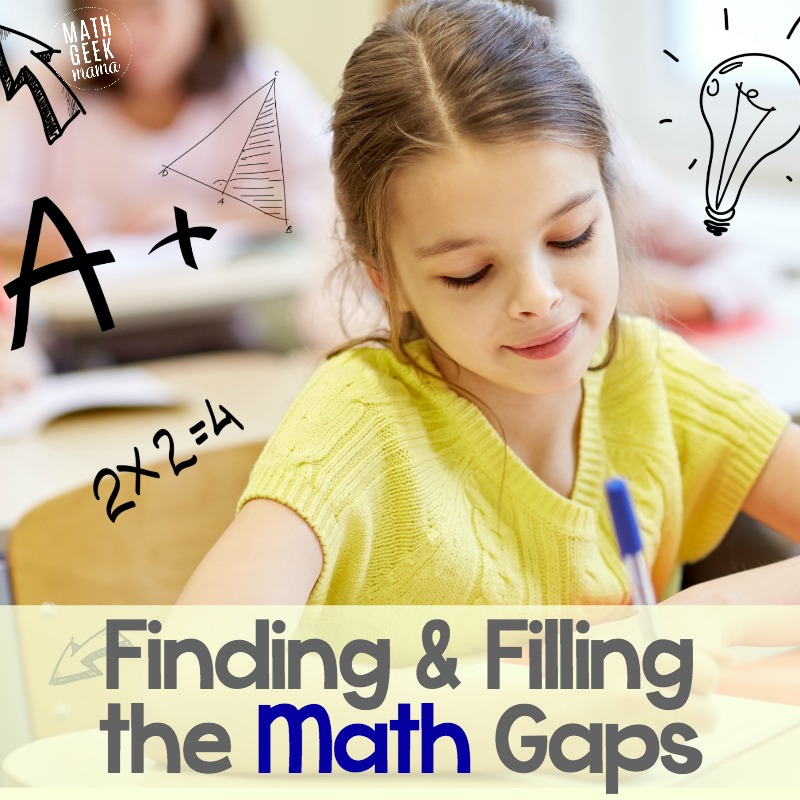
What would you add? What resources do you find useful? What questions do you still have? Share in the comments!


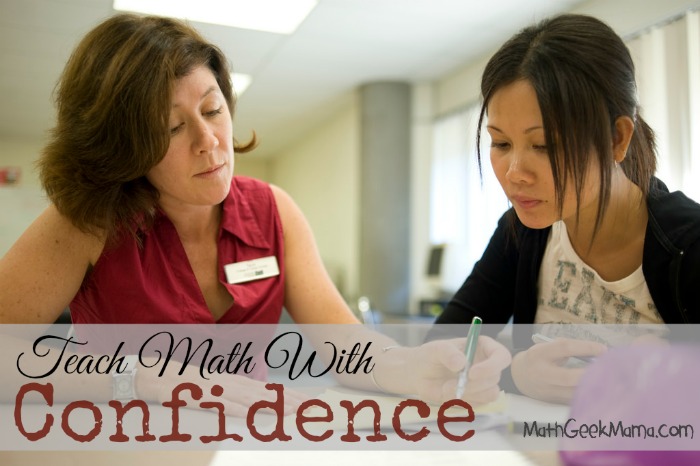
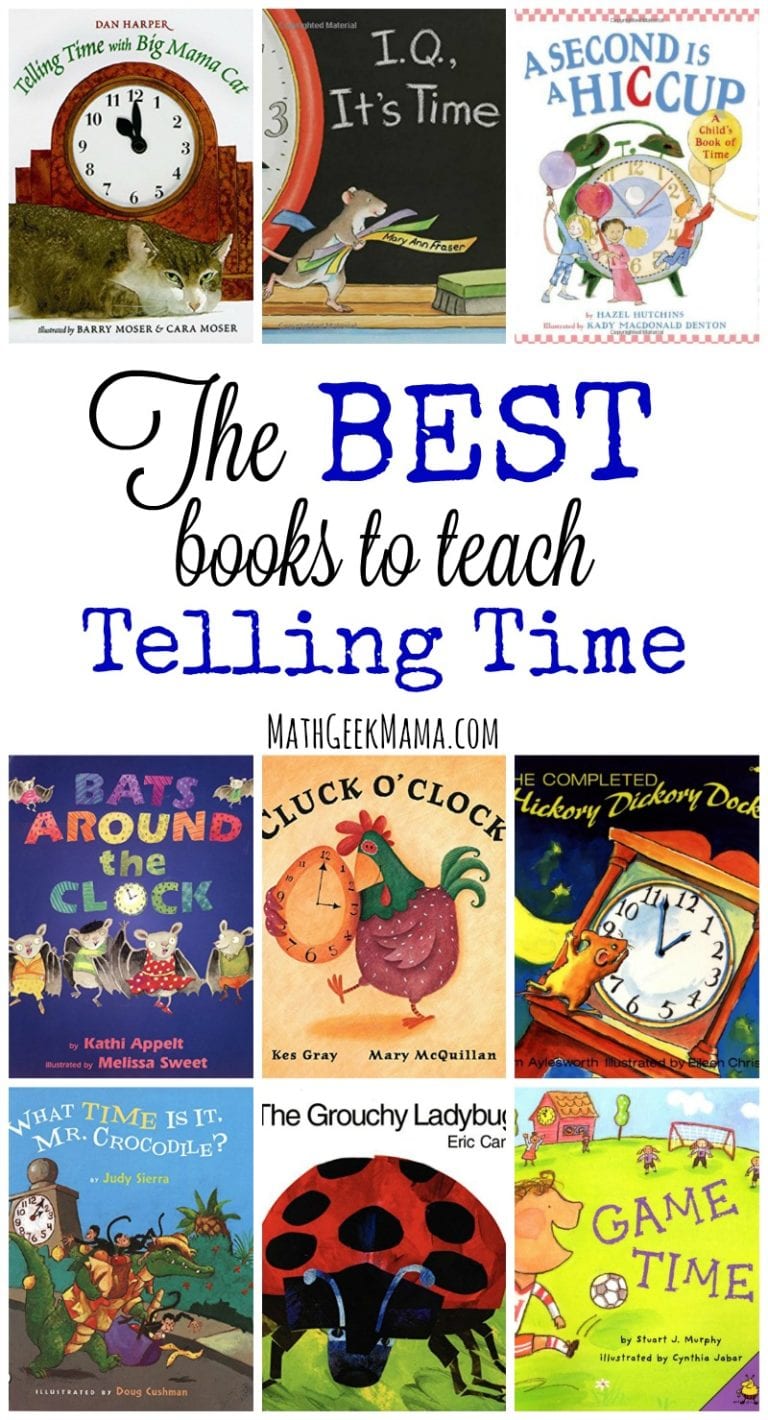
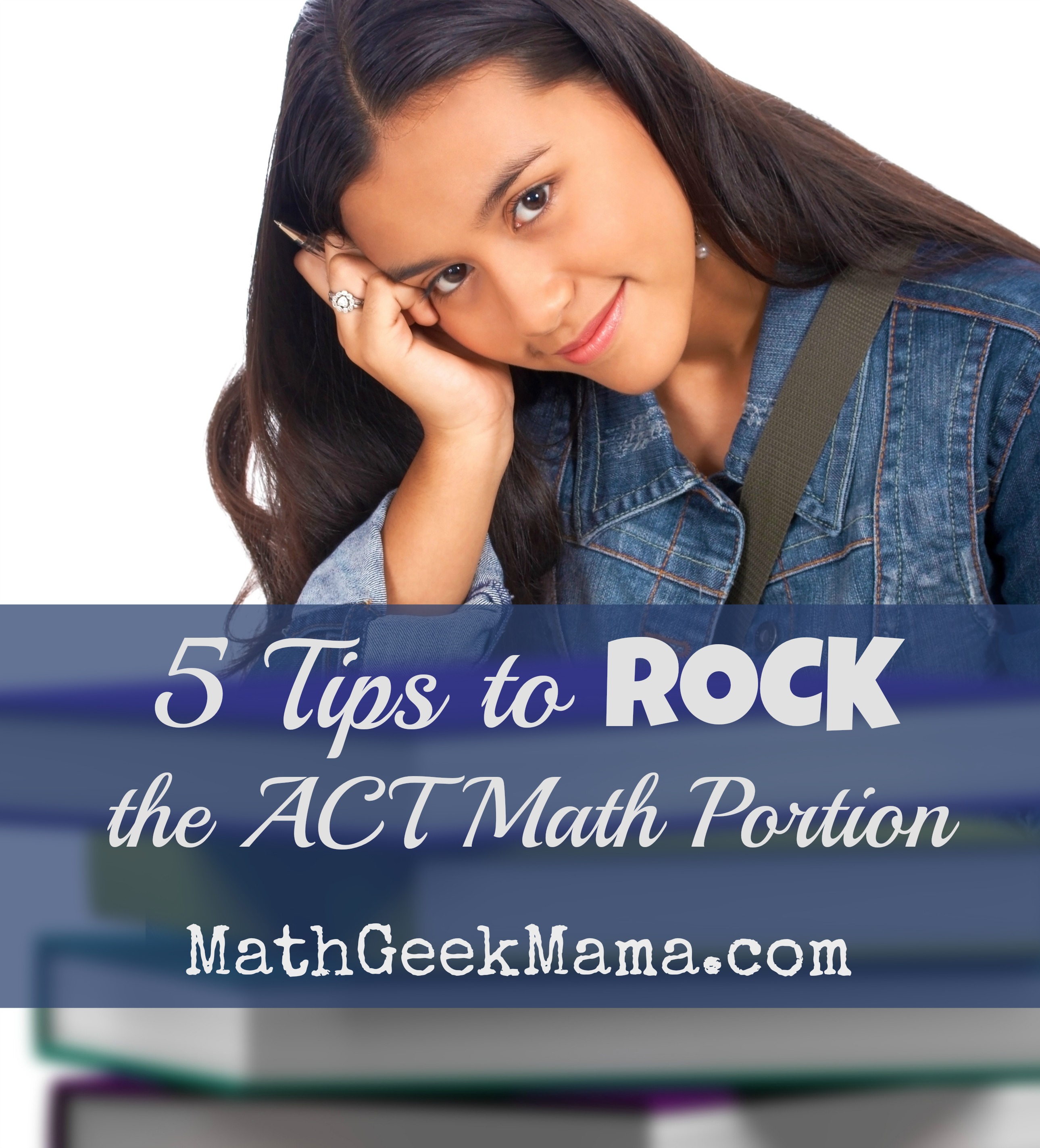
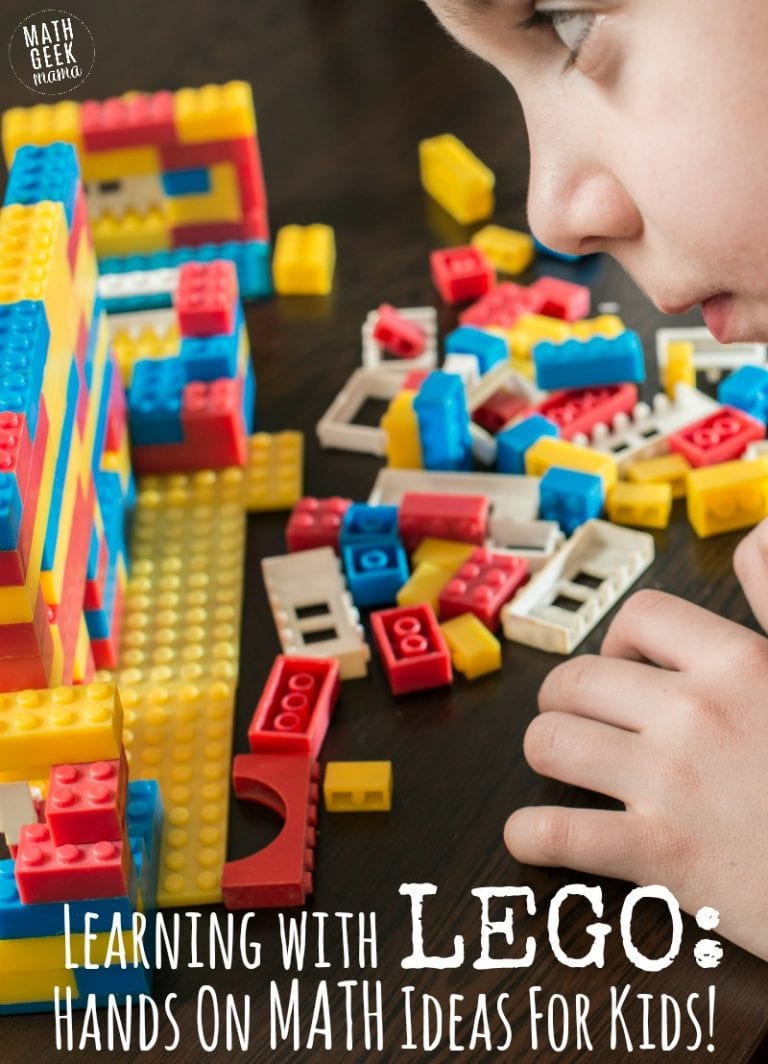
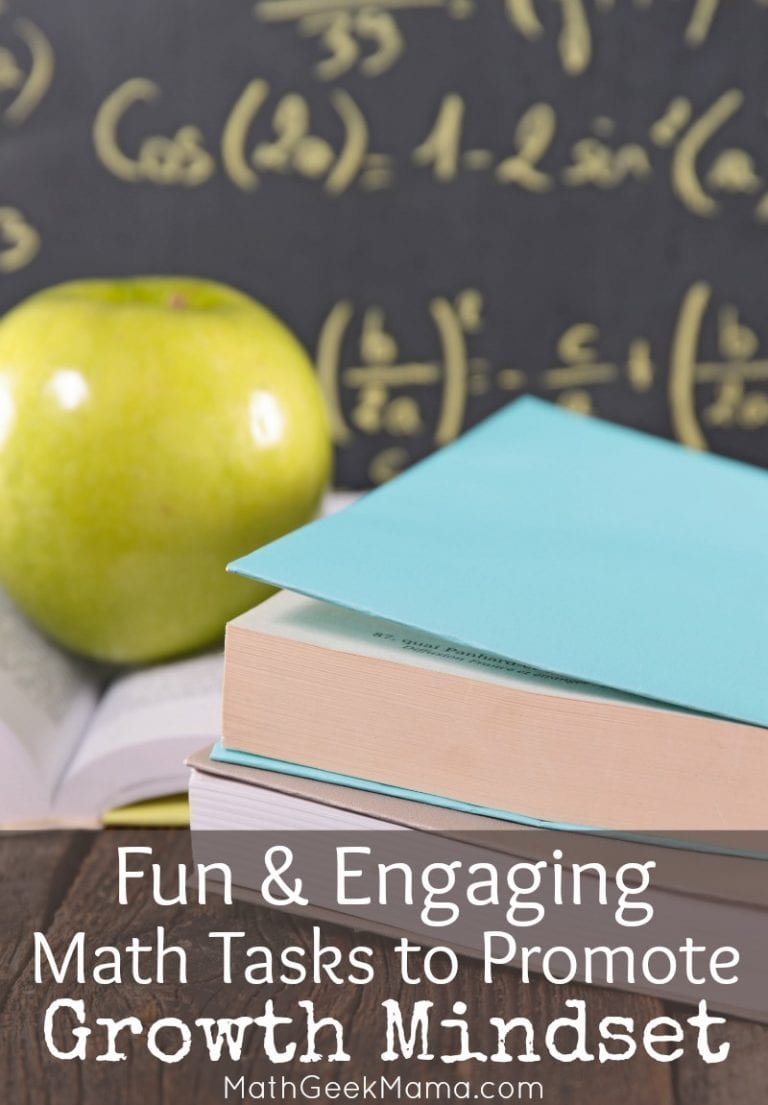
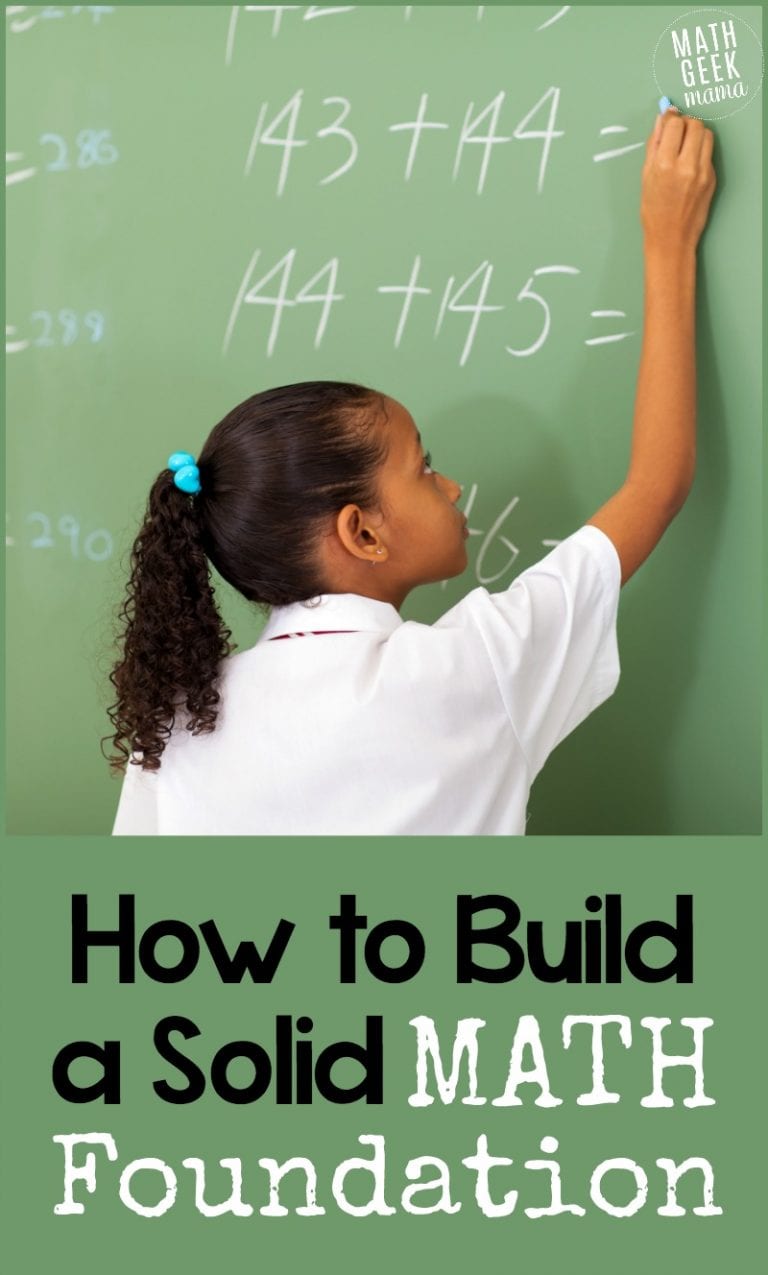
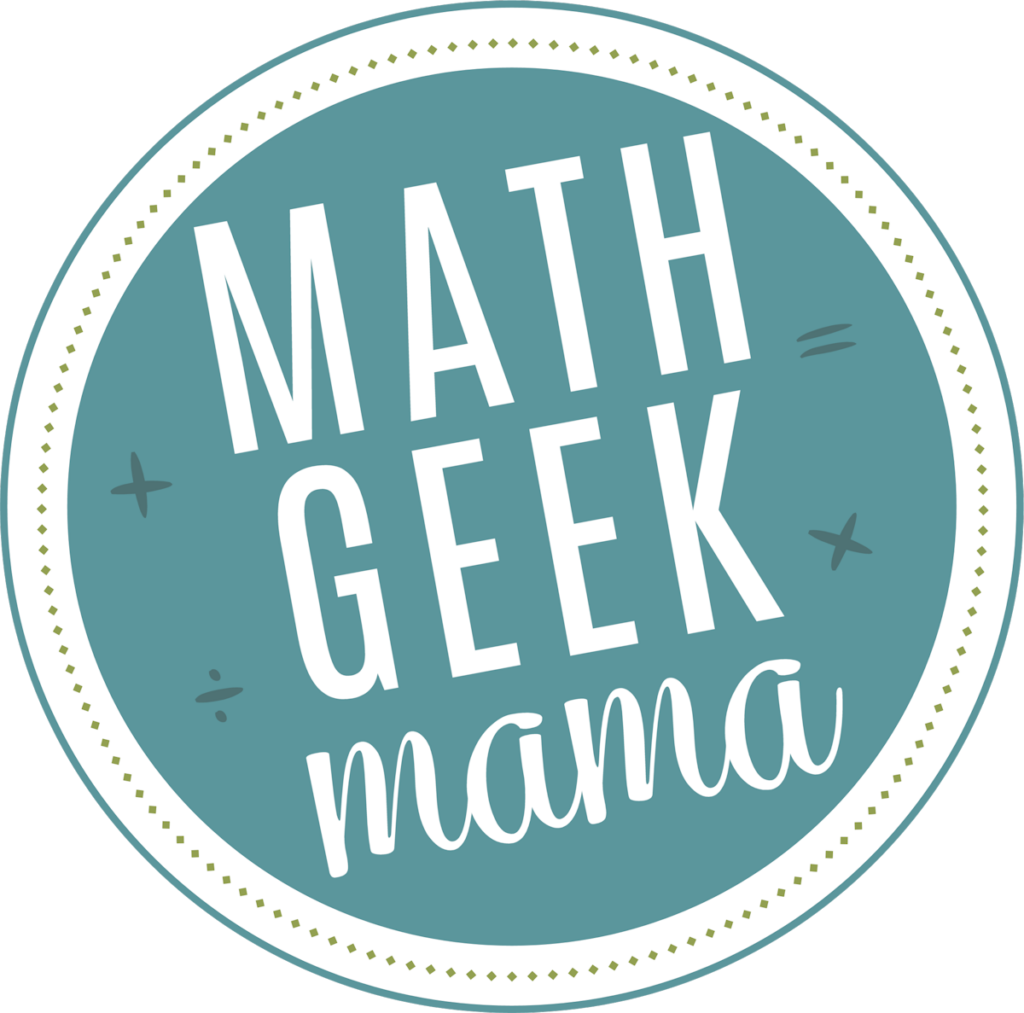
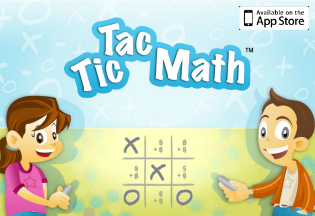

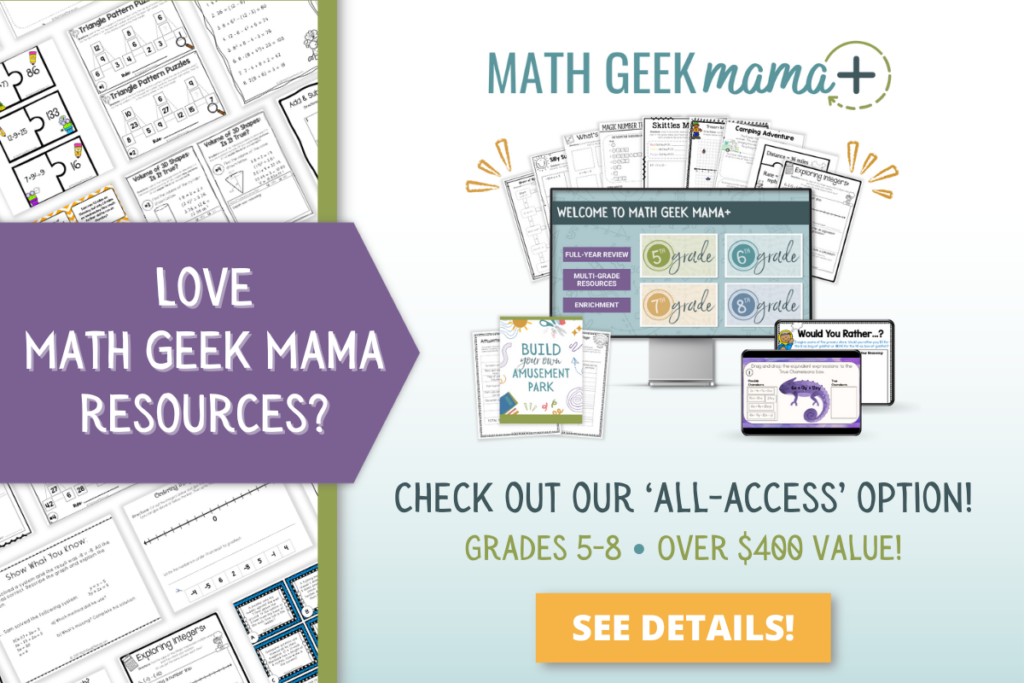
Thank you for all this information. My daughter is struggling in math and thinks she is not any good at it. I want to help her fill in any gaps so she will have a more positive attitude. All of this will be an awesome resource. Thanks again!
I’m so glad this will be helpful for you Christine! Thanks for sharing, I wish you and your daughter all the best! 🙂